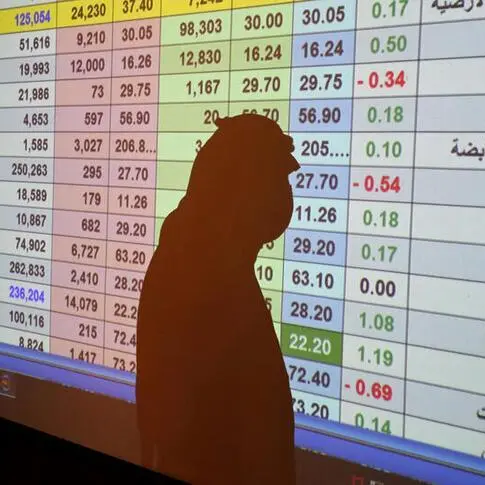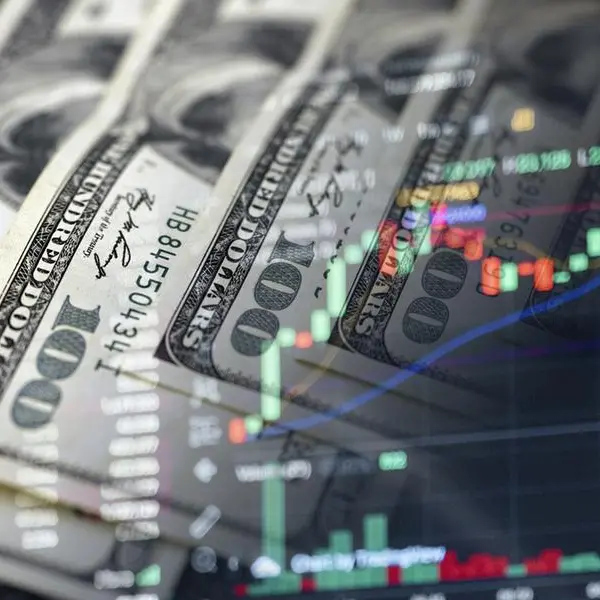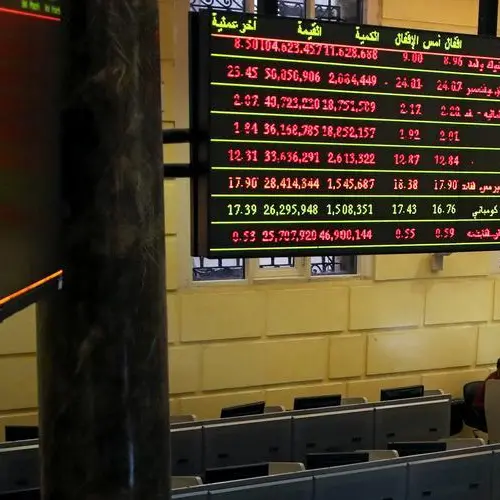In 2017 the US administration’s strategy to address its trade deficit was to weaken the US dollar, in hopes of making its currency cheaper and entice more manufacturers in producing in the US and an attempt at weakening China – dubbed then (and still is the case now) a ‘strategic competitor’ – as a manufacturing hub.
The dollar index was down 14% after just thirteen months, helping propel gold prices – which are priced in dollars – about $150 higher from where it stood at the start of 2017, to over $1,300 by the end of it.
However, the US trade deficit didn’t improve, worsening instead as economic growth in the US combined with expected fiscal stimulus due to begin in 2018 meant that shifting to the US would prove to be too costly for most, even if the dollar was weakening in the global currency markets.
The strategy had to shift, and shift it did in January, 2018 as the US applied tariffs on Chinese imports, marking the start of the trade war. And with protectionist US policies sending less dollars abroad, the US Federal Reserve (Fed) partially unwinding its $4.5tn balance sheet in 2018 snapping up cash for its assets, and US corporations who previously parked their money offshore enticed into bringing it back home to the tune of $665bn that year alone, a global US dollar liquidity crisis ensued.
That helped take the dollar index back up to about 96, and while gold prices plummeted in the first half of 2018 as the greenback strengthened, it managed to recover by year’s end. A part of that had to do with increased central bank buying as isolationist US policies enticed other countries into attempting to diversify away from the US dollar, the reserve currency used for the bulk of global trade and international transactions.
Another factor in the appetite for the precious metal was the lack of returns elsewhere, as a worsening trade environment combined with USD illiquidity resulted in a plummet in demand, hurting export-based economies and sending their respective manufacturing sectors into contraction. A lack of real returns usually aids demand for gold, a non-yielding precious metal limited in supply compared to fiat currencies that can be inexpensively printed – and more easily digitally created.
Bringing us to 2019, where the dollar index spent most of the year in relative oscillation, but where gold prices surged to end the year nearly $200 higher at around $1,520. It was a year big on monetary policy decisions, with three rate cuts out of the Fed, a reversal in its decision to unwind its massive balance sheet and instead intervened in the repo market, and the ECB’s (European Central Bank) decision to start its bond purchasing program all meant that monetary easing was here to stay. Low returns if not negative as is the case for government bond yields like that of Germany’s 10-year, and money supply increases made gold an attractive alternative in a low-yielding global environment.
And then there’s 2020, the start of which introduced fresh geopolitical uncertainties that sent gold prices briefly breaching the $1,600 level. Even though the US-China phase 1 trade deal has been signed, other uncertainties continue to emerge, the latest being the coronavirus which has hurt appetite for riskier assets and sent investors fleeing into safe haven assets like gold and bonds.
No surprise then, that according to the CFTC’s CoT (Commitment of Traders) report, the bias held amongst larger speculative traders for the precious metal remained in heavy to extreme buy levels throughout this entire period, save for the second half of 2018 where the price plummet into the $1,150s spooked long traders who briefly shifted to slight majority short levels before swiftly turning back to majority long.
The latest figures put that majority buy sentiment at an extreme long 87%, a bias that’s barely budged over the past ten weeks. For every risk that gets only partially addressed, a handful of uncertainties seem to always crop up. And it’s those uncertainties combined with fiat easing in a low-yielding environment that has been helping gold prices edge higher.
* Any opinions expressed in this article are the author’s own
Disclaimer: This article is provided for informational purposes only. The content does not provide tax, legal or investment advice or opinion regarding the suitability, value or profitability of any particular security, portfolio or investment strategy. Read our full disclaimer policy here.
© Opinion 2020












